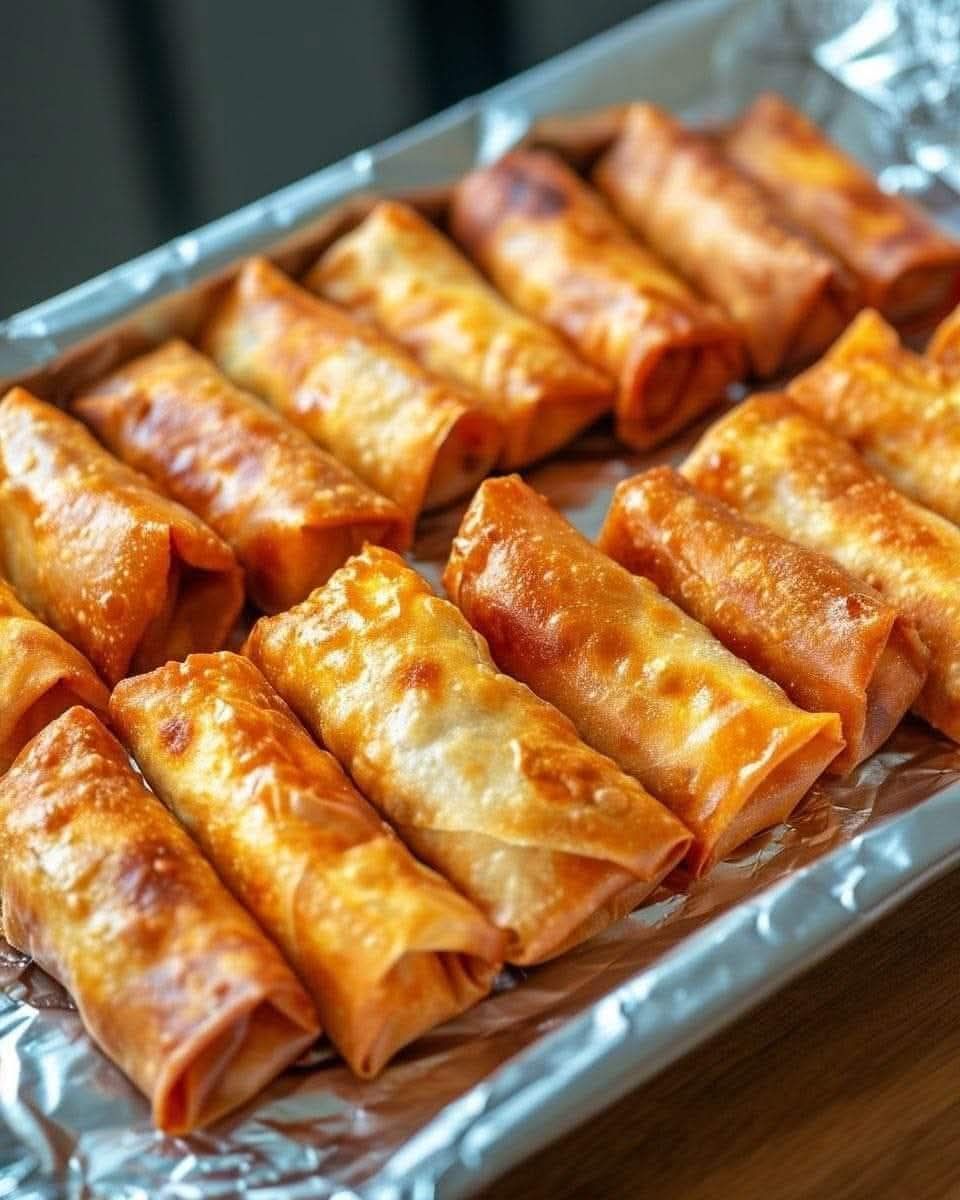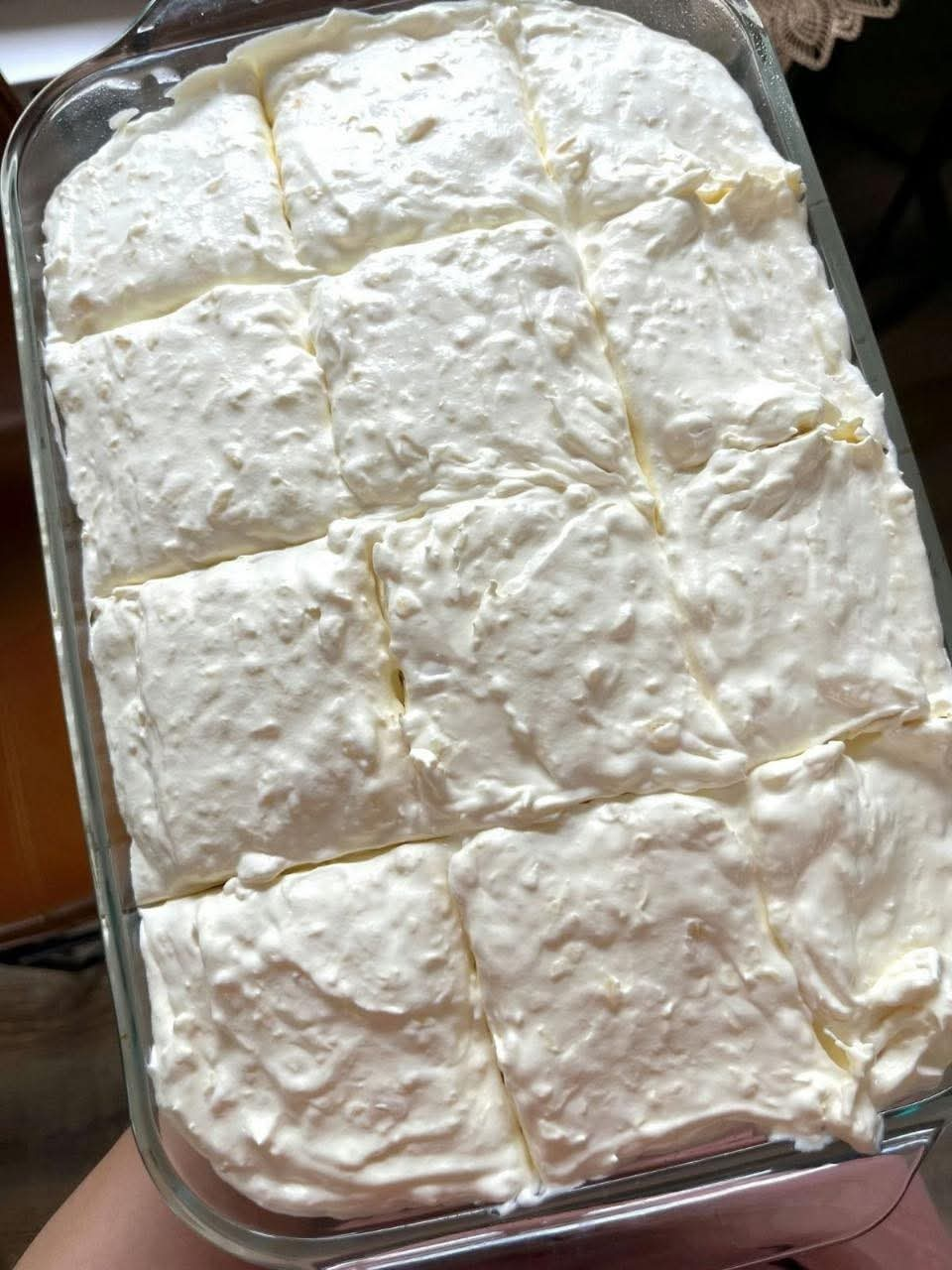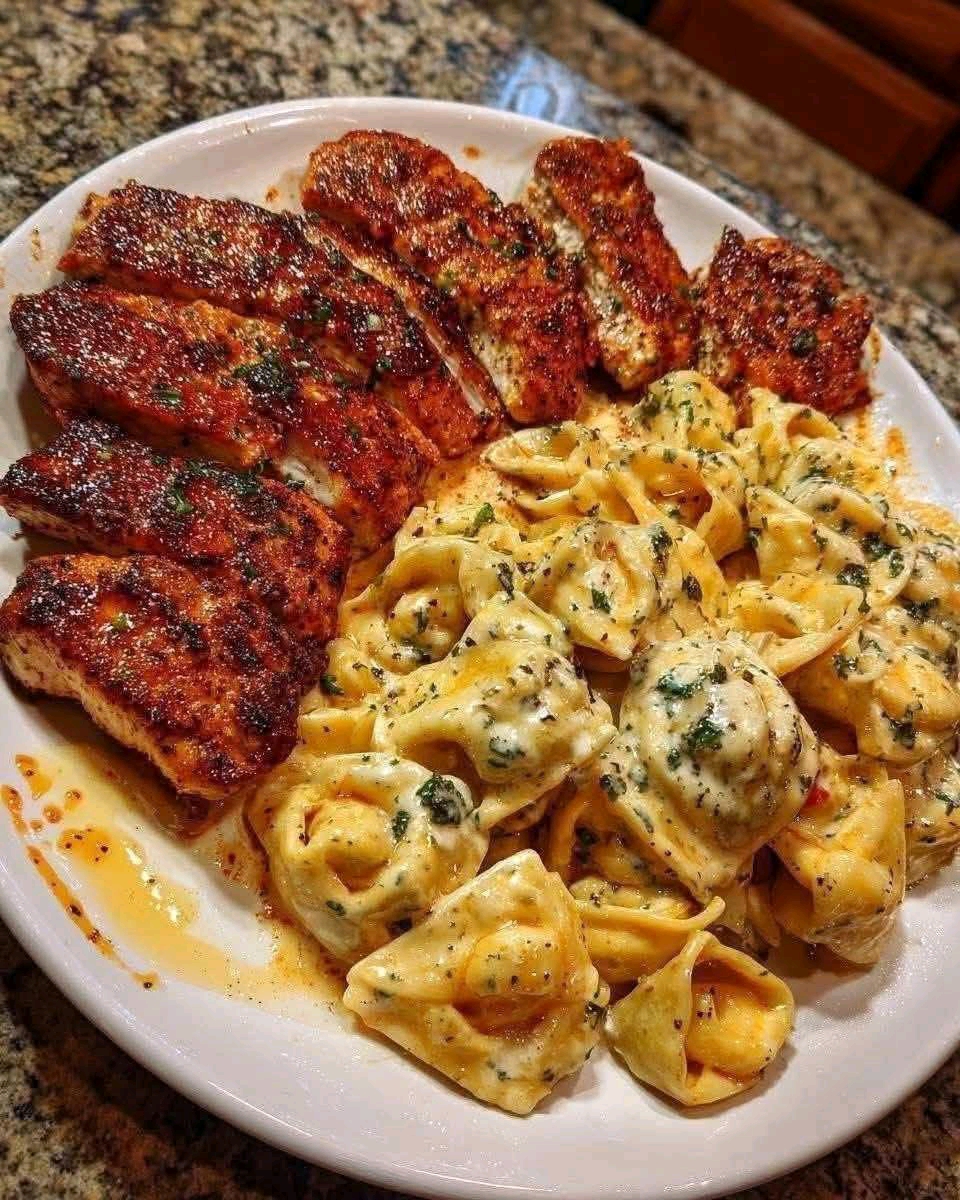Few things beat the satisfying crunch of a perfectly fried egg roll, packed with a savory filling of seasoned pork, crisp vegetables, and aromatic spices. Whether you’re making them for a Sunday football gathering, a family dinner, or just to indulge in some homemade comfort food, egg rolls are a crowd-pleaser. This recipe is not only simple to follow but also offers room for creativity with variations that cater to different dietary preferences. If you’re ready to impress your guests with restaurant-quality egg rolls, read on for a detailed guide on making them from scratch.
Ingredients for Homemade Egg Rolls
To make 12 egg rolls, you’ll need the following ingredients:
For the Filling:
1 pound ground pork (or substitute with ground chicken, turkey, or tofu for a vegetarian version)
2 cups shredded cabbage (Napa or green cabbage works best)
1 cup shredded carrots
4 thinly sliced scallions (green onions)
2 minced garlic cloves
1 tablespoon finely grated fresh ginger
2 tablespoons soy sauce
1 tablespoon oyster sauce (optional but recommended for depth of flavor)
1 teaspoon sesame oil
1/4 teaspoon white pepper (or black pepper if unavailable)
For Wrapping and Cooking:
12 egg roll wrappers (available in most grocery stores in the refrigerated section)
1 tablespoon cornstarch mixed with 2 tablespoons water (for sealing the egg rolls)
Vegetable oil for frying (peanut, canola, or vegetable oil)
Step-by-Step Instructions
1. Prepare the Filling
Heat a large skillet or wok over medium-high heat. Add the ground pork and cook until it is no longer pink, breaking it up into small pieces with a spatula.
Once the pork is fully cooked, add the shredded cabbage, carrots, and scallions. Stir-fry for about 3–4 minutes until the vegetables soften slightly but still retain some crunch.
Stir in the minced garlic, grated ginger, soy sauce, oyster sauce, sesame oil, and white pepper. Continue to cook for another 2 minutes, ensuring that the flavors blend well.
Remove the mixture from heat and let it cool for 10–15 minutes. Cooling the filling is essential as it prevents the wrappers from getting soggy.
2. Assemble the Egg Rolls
Lay an egg roll wrapper flat in a diamond shape (so one corner is pointing towards you).
Spoon about 2 tablespoons of the filling onto the center of the wrapper.
Fold the bottom corner over the filling, then tuck in the sides.
Roll the wrapper tightly, ensuring the filling is securely enclosed.
Brush a little cornstarch slurry along the edge of the wrapper to seal it.
Repeat with the remaining wrappers and filling.
3. Fry the Egg Rolls
Heat vegetable oil in a deep frying pan or wok to 350°F (175°C).
Carefully place a few egg rolls in the oil, making sure not to overcrowd the pan.
Fry for about 2–3 minutes per side until golden brown and crispy.
Remove from oil and drain on paper towels to absorb excess oil.
4. Serve and Enjoy
Egg rolls are best served hot with dipping sauces like sweet chili sauce, hoisin sauce, soy sauce, or spicy mustard. Garnish with additional sliced scallions or sesame seeds for a touch of elegance.
Tips for Perfect Egg Rolls
Avoid Soggy Wrappers: Ensure the filling is well-drained and cooled before wrapping. If the mixture is too moist, the wrappers will become soggy and won’t crisp up properly.
Seal the Wrappers Well: Using a cornstarch slurry ensures the egg rolls remain tightly sealed during frying.
Use the Right Oil: Peanut, canola, or vegetable oil is best for frying since they have high smoke points.
Maintain Oil Temperature: Keep the oil at 350°F for the crispiest results. If the oil is too hot, the wrappers will burn before the filling is fully heated.
Test One First: Before frying an entire batch, test one egg roll to ensure proper crispness and flavor.
Variations and Substitutions
1. Vegetarian Egg Rolls
Replace ground pork with finely chopped tofu, mushrooms, or extra shredded vegetables like bell peppers and bean sprouts.
2. Baked Egg Rolls for a Healthier Alternative
If you prefer a lower-fat version, brush the egg rolls with oil and bake at 400°F (200°C) for 20–25 minutes, flipping halfway through until golden and crispy.
3. Air-Fried Egg Rolls
For a lighter option, air-fry egg rolls at 375°F (190°C) for 12–15 minutes, flipping halfway. Lightly spray them with cooking oil before air-frying to achieve a crispy texture.
4. Spicy Egg Rolls
Add a teaspoon of chili flakes, sriracha, or chopped Thai chilies to the filling mixture for an extra kick of heat.
5. Cheeseburger Egg Rolls
Swap the pork filling for seasoned ground beef, add shredded cheese, and serve with a side of ketchup or burger sauce.
Serving Suggestions
Egg rolls can be served as a main dish, appetizer, or side dish. Here are some pairing ideas:
With Fried Rice or Noodles: Serve alongside classic Chinese-style fried rice or lo mein for a complete meal.
With Soup: Enjoy with hot and sour soup, egg drop soup, or miso soup for a comforting meal.
With Dipping Sauces: Try with homemade sauces like spicy sriracha mayo, hoisin-peanut sauce, or classic sweet and sour sauce.
With a Fresh Side Salad: A light cucumber or Asian slaw balances out the richness of fried egg rolls.
Storing and Reheating Leftovers
Refrigeration:
Store leftover egg rolls in an airtight container in the refrigerator for up to 3 days.
Freezing:
For longer storage, freeze uncooked egg rolls on a baking sheet before transferring them to a freezer bag. Fry directly from frozen, adding 1–2 extra minutes to the cooking time.
Reheating:
Reheat in an air fryer at 350°F for 5–7 minutes.
Alternatively, bake at 375°F for 10 minutes or reheat in a pan over medium heat.
Final Thoughts
Homemade egg rolls are a rewarding dish that combines bold flavors, crispy textures, and a touch of nostalgia. Whether you’re preparing them for a game-day snack, a family meal, or simply to indulge in some homemade Asian cuisine, this recipe guarantees delicious, crunchy egg rolls that disappear fast. The best part? You can customize them to suit your taste, making every bite uniquely yours.
So next time you’re planning a get-together, impress your guests with these golden, crispy homemade egg rolls. Just be warned—they might disappear before halftime!
More Articles You Might Like
-
Texas Toast Sloppy Joes: The Crunchy, Cheesy Upgrade You Didn’t Know You Needed
There’s something timeless about sloppy joes. For generations, this saucy, savory, and slightly sweet ground beef sandwich has been a go-to comfort food in American kitchens. It’s quick, filling, and family-friendly—perfect for busy weeknights. But what if we told you there’s a way to take this classic dish up a notch? Enter the Texas Toast…
-
Classic Pig Pickin’ Cake
When it comes to Southern desserts, few sweets shine as brightly as the Classic Pig Pickin’ Cake. This nostalgic cake, sometimes called a “Mandarin Orange Cake,” has roots deep in Southern tradition. It gets its playful name from its frequent appearance at pig pickin’s—Southern-style barbecue gatherings where communities come together to enjoy slow-cooked pork, sides,…
-
Lemon Garlic Butter Chicken with Creamy Parmesan Pasta
There’s something irresistible about the combination of tender, golden-browned chicken paired with a creamy pasta coated in Parmesan cheese. Add the brightness of lemon, the depth of garlic, and the richness of butter, and you have a recipe that feels indulgent yet approachable enough for a weeknight dinner. Lemon Garlic Butter Chicken with Creamy Parmesan…



